4-Ethylphenol

4-Ethylphenol structure
|
Common Name | 4-Ethylphenol | ||
|---|---|---|---|---|
| CAS Number | 123-07-9 | Molecular Weight | 122.164 | |
| Density | 1.0±0.1 g/cm3 | Boiling Point | 219.0±0.0 °C at 760 mmHg | |
| Molecular Formula | C8H10O | Melting Point | 40-42 °C(lit.) | |
| MSDS | Chinese USA | Flash Point | 100.6±0.0 °C | |
| Symbol |

GHS05 |
Signal Word | Danger | |
Use of 4-Ethylphenol4-Ethylphenol is a volatile phenolic compound associated with off-odour in wine. |
| Name | 4-ethylphenol |
|---|---|
| Synonym | More Synonyms |
| Description | 4-Ethylphenol is a volatile phenolic compound associated with off-odour in wine. |
|---|---|
| Related Catalog | |
| Target |
Human Endogenous Metabolite |
| References |
| Density | 1.0±0.1 g/cm3 |
|---|---|
| Boiling Point | 219.0±0.0 °C at 760 mmHg |
| Melting Point | 40-42 °C(lit.) |
| Molecular Formula | C8H10O |
| Molecular Weight | 122.164 |
| Flash Point | 100.6±0.0 °C |
| Exact Mass | 122.073166 |
| PSA | 20.23000 |
| LogP | 2.47 |
| Vapour density | 4.2 (vs air) |
| Vapour Pressure | 0.1±0.4 mmHg at 25°C |
| Index of Refraction | 1.537 |
| InChIKey | HXDOZKJGKXYMEW-UHFFFAOYSA-N |
| SMILES | CCc1ccc(O)cc1 |
| Stability | Stable. Incompatible with acid chlorides, acid anhydrides, oxidizing agents. |
| Water Solubility | 4.9 g/L (25 ºC) |
CHEMICAL IDENTIFICATION
HEALTH HAZARD DATAACUTE TOXICITY DATA
|
| Symbol |

GHS05 |
|---|---|
| Signal Word | Danger |
| Hazard Statements | H314 |
| Precautionary Statements | P280-P305 + P351 + P338-P310 |
| Personal Protective Equipment | dust mask type N95 (US);Eyeshields;Gloves |
| Hazard Codes | Xi:Irritant |
| Risk Phrases | R36/37/38 |
| Safety Phrases | S26-S36 |
| RIDADR | UN 2430 8/PG 3 |
| WGK Germany | 3 |
| RTECS | SL4040000 |
| Packaging Group | III |
| Hazard Class | 8 |
| HS Code | 29071900 |
| Precursor 9 | |
|---|---|
| DownStream 10 | |
| HS Code | 2907199090 |
|---|---|
| Summary | 2907199090 other monophenols VAT:17.0% Tax rebate rate:9.0% Supervision conditions:none MFN tariff:5.5% General tariff:30.0% |
|
Convenient QSAR model for predicting the complexation of structurally diverse compounds with β-cyclodextrins
Bioorg. Med. Chem. 17 , 896-904, (2009) This paper reports a QSAR study for predicting the complexation of a large and heterogeneous variety of substances (233 organic compounds) with beta-cyclodextrins (beta-CDs). Several different theoret... |
|
|
Cellular apoptosis and cytotoxicity of phenolic compounds: a quantitative structure-activity relationship study.
J. Med. Chem. 48 , 7234-42, (2005) In this comprehensive study on the caspase-mediated apoptosis-inducing effect of 51 substituted phenols in a murine leukemia cell line (L1210), we determined the concentrations needed to induce caspas... |
|
|
Simple and sensitive GC/MS-method for the quantification of urinary phenol, o- and m-cresol and ethylphenols as biomarkers of exposure to industrial solvents.
J. Chromatogr. B. Analyt. Technol. Biomed. Life Sci. 995-996 , 93-100, (2015) We have developed and validated a simple and sensitive method for the determination of urinary phenol as well as the urinary metabolites of toluene and ethylbenzene in one analytical run. After enzyma... |
| 4-ethyl-phenol |
| p-Et-C6H4-OH |
| 4-06-00-03020 (Beilstein Handbook Reference) |
| Ethyl 4-ethyl-2,4-pentadienoate |
| 2-Hexenoic acid,4-methylene-,ethyl ester |
| Phenol, p-ethyl- |
| 1-hydroxy-4-ethylbenzene |
| para-ethyl phenol |
| MFCD00002393 |
| EINECS 204-598-6 |
| Phenol, 4-ethyl- |
| 4-Ethylphenol |
| benzene, 1-ethyl,4-hydroxy- |
| 4-Ethyl-pentadien-(2,4)-carbonsaeure-(1)-ethylester |
| 4-ethyl-1-hydroxybenzene |
| 4-Hydroxyethylbenzene |
| p-ethylphenol |
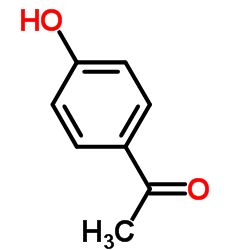 CAS#:99-93-4
CAS#:99-93-4 CAS#:2628-17-3
CAS#:2628-17-3 CAS#:17993-90-7
CAS#:17993-90-7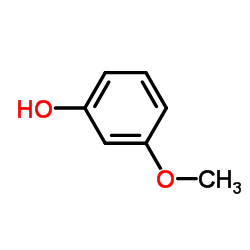 CAS#:150-19-6
CAS#:150-19-6 CAS#:201230-82-2
CAS#:201230-82-2 CAS#:501-97-3
CAS#:501-97-3 CAS#:5515-77-5
CAS#:5515-77-5 CAS#:54509-73-8
CAS#:54509-73-8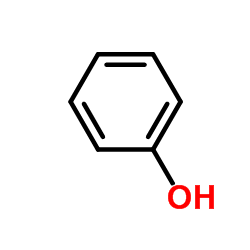 CAS#:108-95-2
CAS#:108-95-2 CAS#:109702-53-6
CAS#:109702-53-6 CAS#:33695-58-8
CAS#:33695-58-8 CAS#:1678-91-7
CAS#:1678-91-7 CAS#:5441-51-0
CAS#:5441-51-0 CAS#:4534-74-1
CAS#:4534-74-1 CAS#:4130-42-1
CAS#:4130-42-1 CAS#:96-70-8
CAS#:96-70-8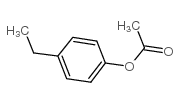 CAS#:3245-23-6
CAS#:3245-23-6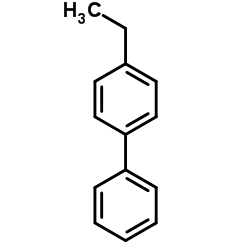 CAS#:5707-44-8
CAS#:5707-44-8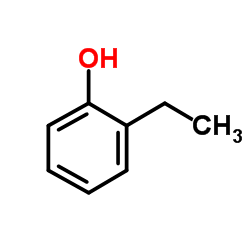 CAS#:90-00-6
CAS#:90-00-6
